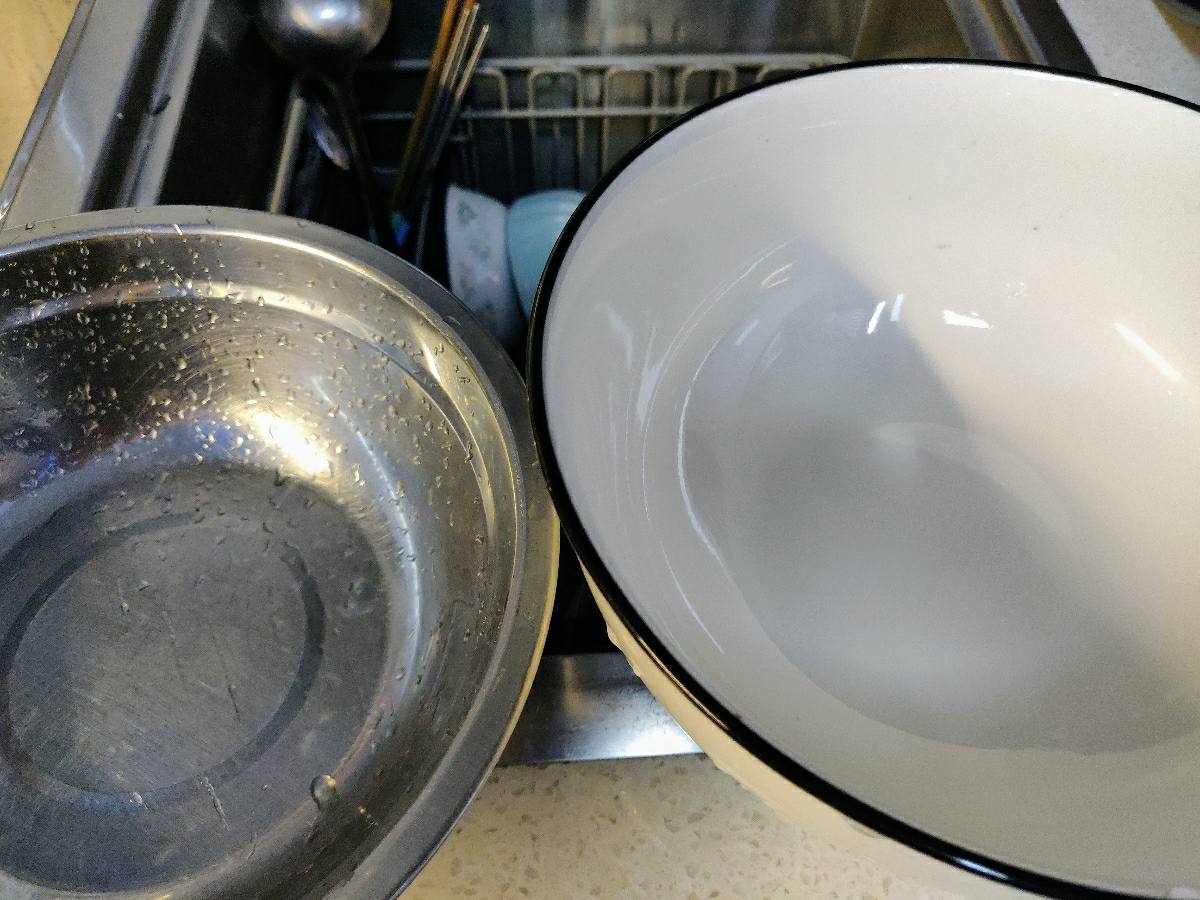Specific heat capacity… Remember that term from physics class? What does it even mean?
If you own a dishwasher, you can easily demonstrate this concept to your kids (and yourself).
Here’s how: Place ceramic, glass (optional), stainless steel, and plastic bowls of similar size in the dishwasher. Run a normal cycle. Once finished, immediately open the door and watch the water droplets evaporate. Which bowls dry first, and which ones stay wet longest?
You’ll probably find that ceramic and glass bowls dry fastest. Metal and plastic ones may remain wet, especially in cooler weather. This is due to the specific heat capacity of each material.
Ceramic and glass have a higher specific heat than stainless steel. The textbook definition: the heat needed to raise or lower one unit mass of a substance by one unit temperature. Sounds complex? Simply put: for the same weight and temperature, ceramic and glass hold more heat than stainless steel.
Here’s a breakdown:
- The dishwasher uses scalding hot water, heating all bowls until hot. While materials heat at different rates, given enough time and water, they’ll reach the same temperature.
- Opening the door, the hot bowls use their stored heat to evaporate water. Only heat touching water aids evaporation; heat touching air dissipates.
- Water droplets are evenly distributed. Assume the water-covered surface proportion is similar for each bowl.
- Cooling to room temperature, the bowls release stored heat. Ceramic and glass release substantial heat, evaporating all surface water. Metal, storing less heat, remains wet even after releasing all its heat.
Two caveats. First: weight. Conveniently, similar-sized ceramic and glass bowls are usually heaviest. They’re thick to prevent easy breakage. Stainless steel, though denser, is strong and thin, thus lighter. This weight difference further increases the heat storage gap.
Second: heat dissipation. Metal conducts heat faster than ceramic. (That’s why metal pots are worse than clay pots for soup—another topic.) With rapid conduction, heat escapes easily where not blocked by water. So, despite similar water coverage, fast-conducting stainless steel loses more heat to the air. Little heat is used for drying. Before the water evaporates, the steel cools. This speed difference further increases the effective heat gap.
That explains the varied results.
Why so little on plastic? It’s a distraction. Plastic’s specific heat is higher than ceramic’s, but it’s far less dense. The significant weight difference makes other factors irrelevant. The minimal heat stored in plastic simply can’t dry the water.
Final tip: Season matters. If differences are subtle, try opening the door after 10, then 20 minutes. Trapped humidity slows evaporation, highlighting material differences.
